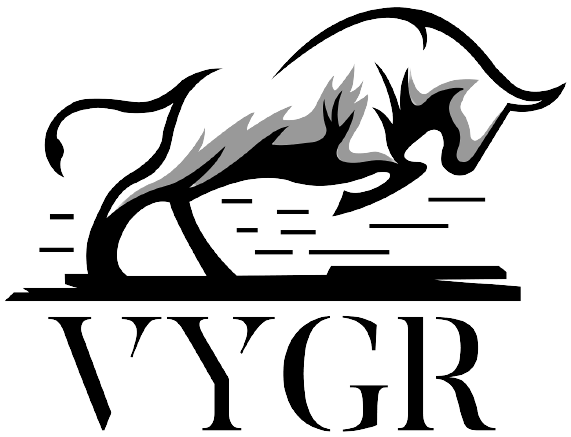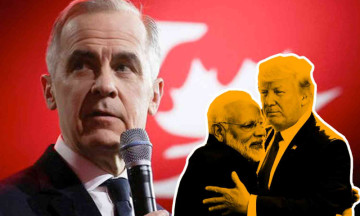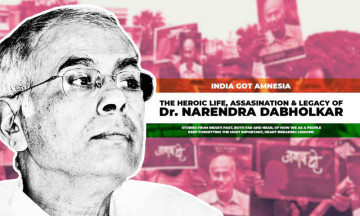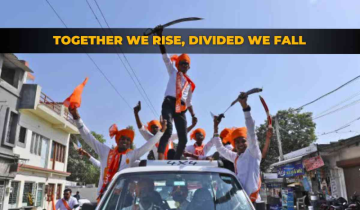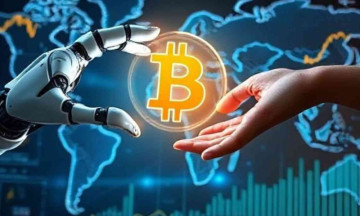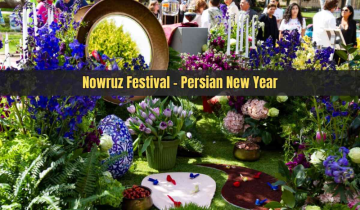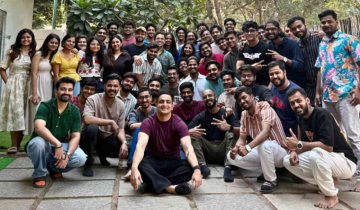The relationship between former U.S. President Donald Trump and Indian Prime Minister Narendra Modi has captivated the world for several years. Their interactions, often described as a "bromance," have been characterized by mutual admiration, public displays of friendship, and shared political interests. However, Trump's recent praise for Modi, paired with his tough stance on tariffs, raises important questions about the future of this relationship. Is it a genuine partnership, or is it a warning sign of potential conflict?

Trump’s High Praise for Modi
Donald Trump has been vocal about his respect and admiration for Narendra Modi. In a recent podcast interview, he referred to Modi as "the nicest human being" and a "total killer" when it comes to leadership. This duality in description highlights Trump's appreciation for Modi's political acumen while also recognizing his assertive approach to governance.
Trump pointed out that Modi has successfully stabilized Indian politics after years of uncertainty before he took office in 2014. He praised Modi's ability to connect with the Indian diaspora, recalling the massive "Howdy Modi" event held in Houston in 2019, where thousands of Indian-Americans gathered to celebrate their leader. This event not only showcased their personal bond but also highlighted the growing ties between India and the United States.
Moreover, Trump emphasized Modi's strong stance on national security issues, particularly concerning Pakistan. He recounted how Modi assured him that India could handle its own security challenges without needing external intervention. This portrayal of Modi as both a friend and a decisive leader underscores the personal rapport the two share.
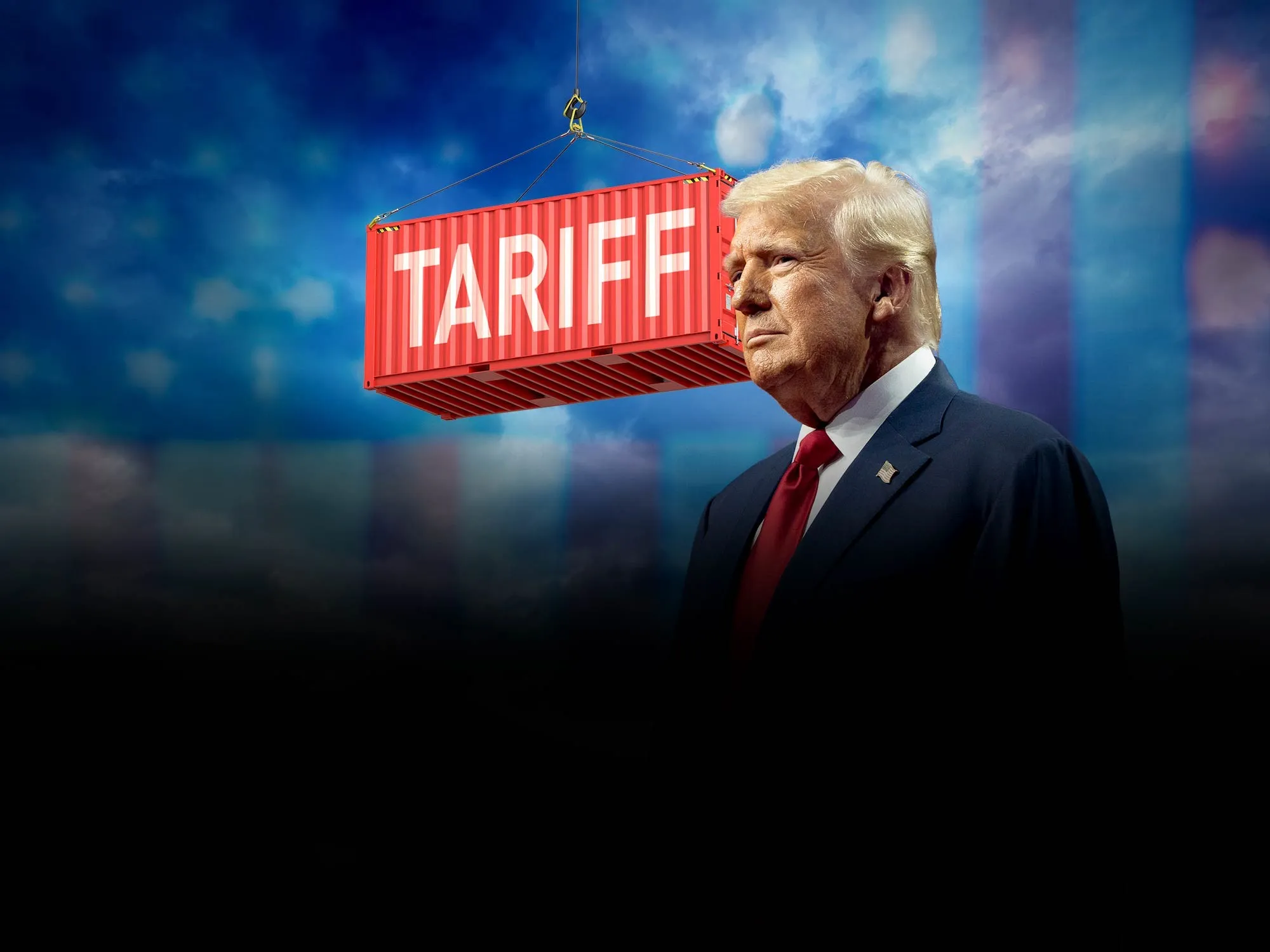
The Tariff Dilemma
While Trump's words about Modi are filled with admiration, his trade policies tell a different story. In his second term as U.S. President, Trump has adopted an aggressive protectionist stance that includes imposing substantial tariffs on various goods. These tariffs are part of his broader agenda to prioritize American industries and jobs.
Recently, Trump announced a 25% global tariff on steel and aluminum products and a 20% tariff on all Chinese goods. India's exports have not escaped this wave of tariffs; Trump has introduced reciprocal tariffs targeting Indian products, citing India's high tariffs on American goods like automobiles and agricultural products.
This move could have significant implications for India's economy, which relies heavily on exports to the U.S., one of its largest trading partners. The tariffs threaten to disrupt India's export sector at a time when the country is striving to bolster its domestic manufacturing capabilities through initiatives like "Make in India." The potential economic fallout from these tariffs could strain India's growth trajectory and impact job creation in various sectors.
A Balancing Act: Friendship or Strategy?
The contrast between Trump's friendly overtures toward Modi and his tough trade policies raises critical questions about the nature of their relationship. Is this genuine friendship built on mutual respect, or is it strategic posturing aimed at achieving specific political goals? Experts suggest that Trump's personal relationships with world leaders often serve as a foundation for broader geopolitical strategies.
During Trump's first term, U.S.-India relations flourished with collaborations in defense, technology, and energy sectors. The two countries engaged in joint military exercises and signed agreements to strengthen defense cooperation against common threats. However, ties began to fray under President Joe Biden due to disagreements over various issues, including climate change policies and responses to the Ukraine war.
With Trump potentially returning to office, there is an opportunity to revitalize this critical partnership. However, both sides must navigate the complexities posed by his protectionist policies while finding common ground on key issues such as trade, security, and climate change.
What Lies Ahead?
The future of U.S.-India relations under Trump’s second term remains uncertain but filled with possibilities. On one hand, Trump's admiration for Modi could lead to stronger bilateral ties in areas like defense cooperation and technology transfer. The two leaders may find ways to collaborate more closely on counterterrorism efforts and regional stability in South Asia.
On the other hand, Trump's aggressive tariff policies could create friction between the two nations. If India retaliates by imposing its own tariffs or restricting imports from the U.S., it could lead to an escalating trade war that would negatively impact both economies.
For now, the world watches closely as two nationalist leaders with larger-than-life personas continue to shape one of the most important international relationships of our time. Whether this "bromance" will translate into tangible benefits for both nations—or devolve into a clash over tariffs—remains uncertain.

Conclusion
In conclusion, while Trump’s praise for Modi highlights their close personal bond and shared interests in certain areas, his tariff policies serve as a reminder that international relations are often a mix of friendship and hard-nosed strategy. As these two leaders navigate their complex relationship, the stakes are high not just for India and the U.S., but also for global geopolitics at large.
The outcome of this dynamic will depend on how both leaders choose to balance their personal rapport with their countries' economic interests. As they move forward, it is essential for both nations to engage in constructive dialogue that fosters cooperation rather than conflict. The world will be watching closely as these two powerful figures chart the course of their relationship in an increasingly interconnected global landscape.
With inputs from agencies
Image Source: Multiple agencies
© Copyright 2025. All Rights Reserved Powered by Vygr Media.
